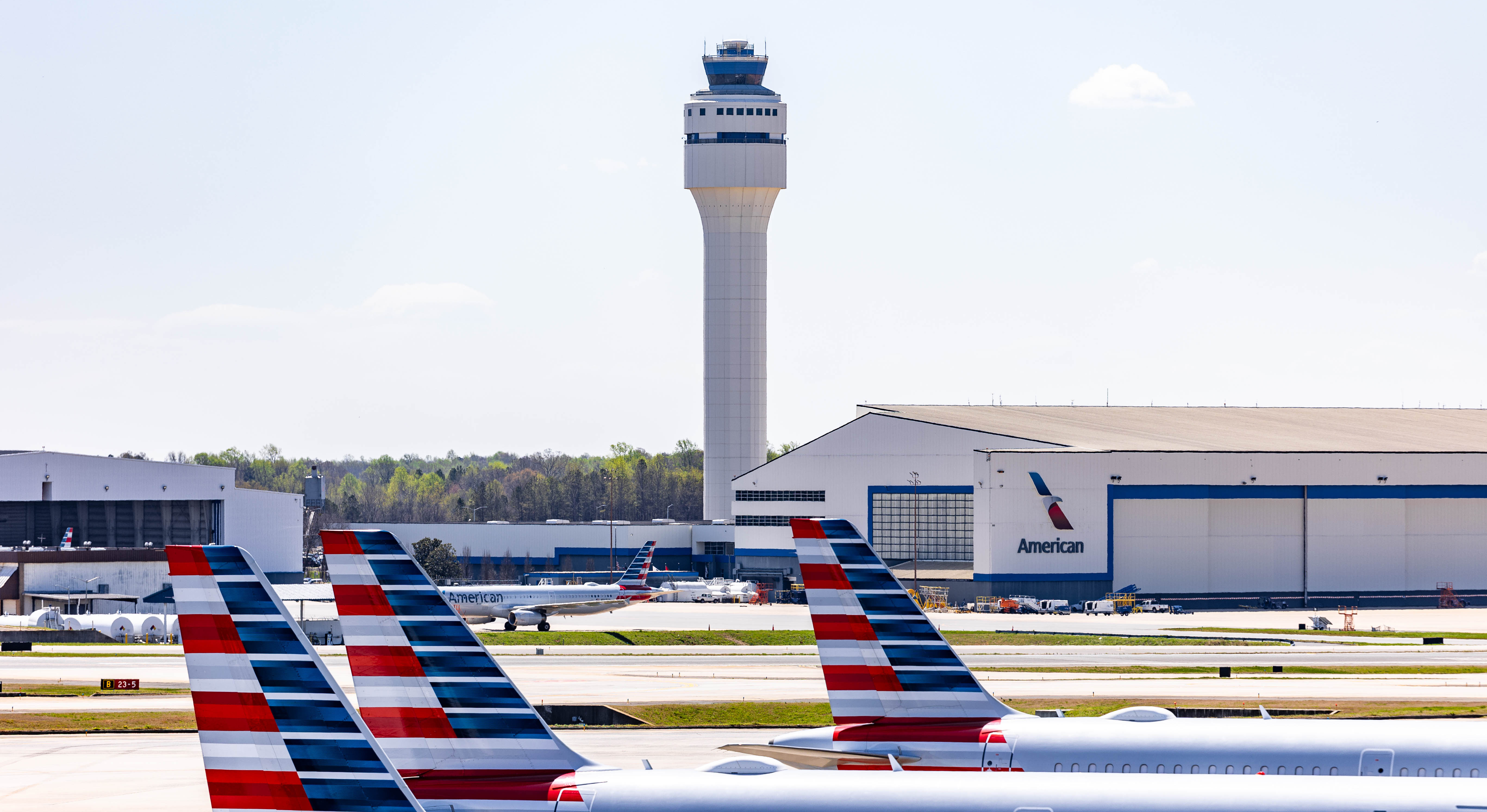
The Aviation Department kicked off the Federal Aviation Administration (FAA) Part 150 Study in anticipation of CLT’s future growth.
This voluntary study will identify present and future noise and land use impacts at the Airport. The outcome includes developing recommendations to the FAA to mitigate these impacts. The study includes review of noise impacts and possible remedies due to the use of the future fourth parallel runway, potential changes to departure direction and projected future operational growth.
Scheduled for completion by the end of 2023 or early 2024, the study will go to the FAA for review, which typically takes about six to nine months.
Detailed information is available on the project website: www.cltpart150.com.
Here is what you need to know about the study:
Purpose
The primary elements include updated Noise Exposure Maps (NEMs) and Noise Compatibility Program (NCP).
NEMs provide a description of the noise levels for existing and future (five+ years) conditions, while considering any physical or operational changes that may influence the noise levels around the Airport.
The NCP provides recommendations for reducing, minimizing, and/or mitigating plane noise and land use conflicts.
CLT’s role
The City of Charlotte owns and operates the Airport and serves as the study sponsor. Landrum & Brown, a consultant hired by the Airport, prepares the study using FAA requirements and guidelines. CLT sends the recommendations to the FAA for review and approval.
What it does not include
Closing the Airport, implementing mandatory restrictions or giving environmental approval for implementation.
Historical Information
The first Part 150 Study was conducted in 1987. Since then, CLT has updated portions of its program and invested more than $120 million in local community projects related to reducing or abating airport noise. CLT has purchased properties and instituted residential sound insulation program for churches and schools.
Community Engagement
CLT formed a technical advisory committee consisting of Airport users and operators. There will be at least three public meetings and a public hearing. Questions and comments about the study can be submitted through the website at any time. Targeted social media includes images and documents pertinent to the study. Those documents and images will also be on the website for review.